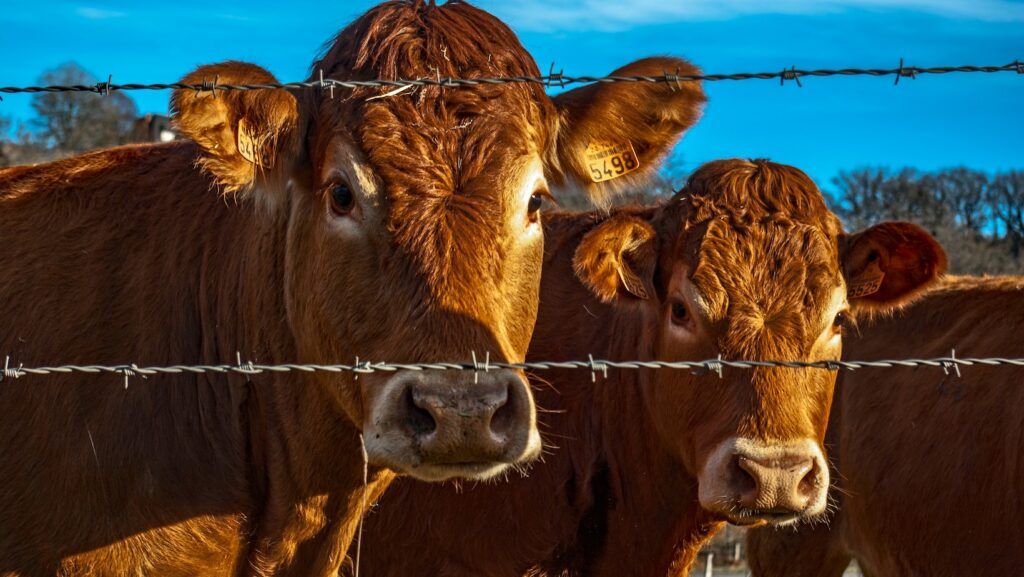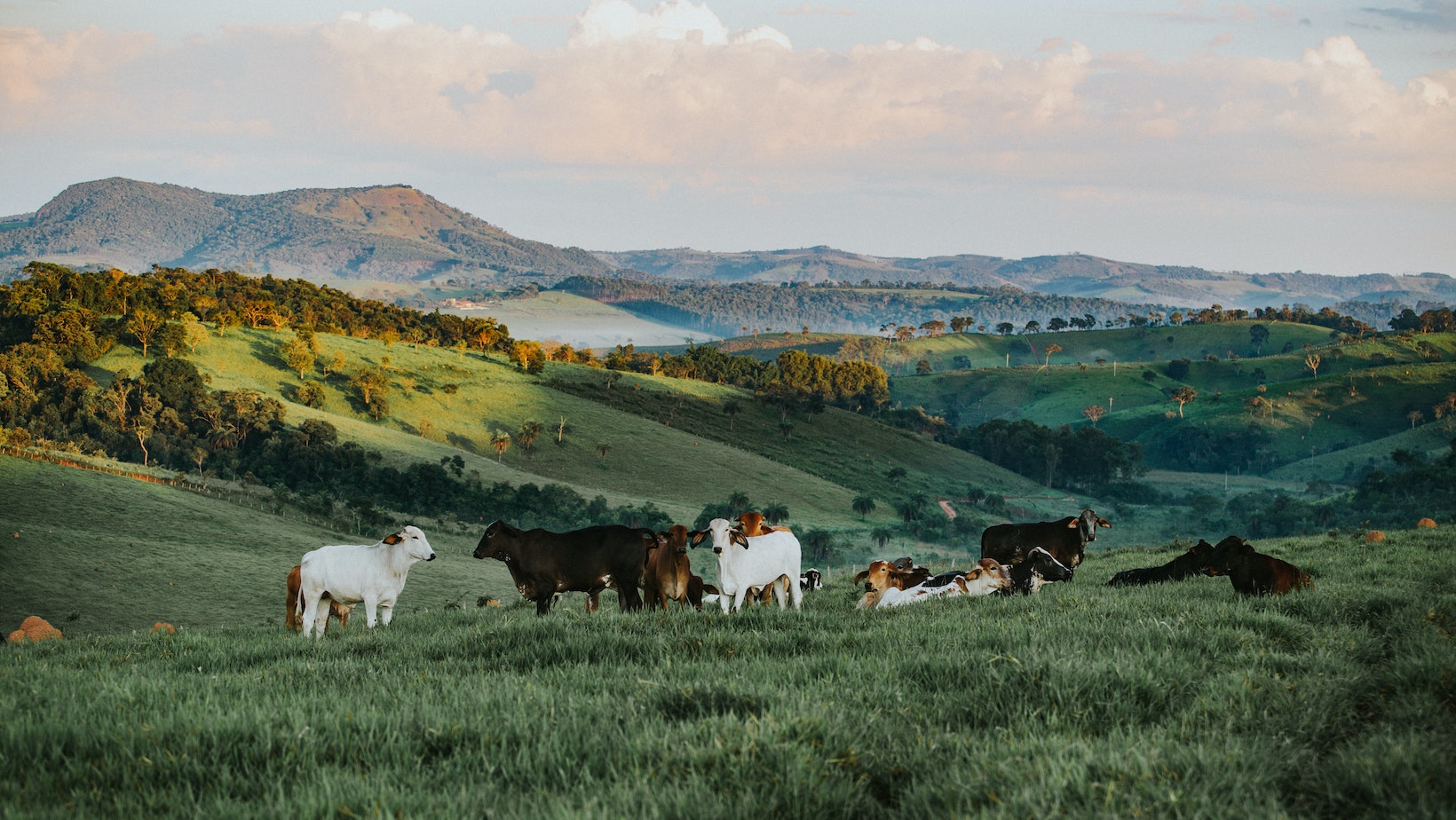
How To Invest In Cattle: A Beginner’s Guide
How To Invest In Cattle
Investing in cattle can be a lucrative venture for those looking to diversify their investment portfolio. If you’re wondering how to invest in cattle, there are several key factors to consider.
Firstly, it’s important to understand the different ways you can invest in cattle. One option is purchasing physical cattle and rearing them on your own land or through a partnership with a rancher. This allows you to have direct control over the management and breeding of the animals. Another option is investing in cattle futures or exchange-traded funds (ETFs) that track the performance of the cattle market.
When considering investing in cattle, it’s crucial to conduct thorough research and analysis. Familiarize yourself with market trends, supply and demand dynamics, as well as any government regulations that may impact the industry. Additionally, assess your risk tolerance and financial goals to determine how much capital you’re willing to allocate towards this investment.
Ultimately, investing in cattle can provide both financial returns and potential tax benefits. However, like any investment, it comes with its own set of risks and challenges. By educating yourself about the industry and working closely with experienced professionals or advisors, you’ll be better equipped to make informed decisions and potentially reap rewards from your investment in cattle.

Understanding The Market
When it comes to investing in cattle, understanding the market is crucial. It allows you to make informed decisions and maximize your chances of success. Here are a few key points to consider when delving into the world of cattle investment:
- Supply and Demand: Like any other commodity, the price of cattle is influenced by supply and demand dynamics. It’s important to keep an eye on both local and global factors that can impact these variables. Factors such as weather conditions, consumer preferences, export/import regulations, and population growth can all play a role in shaping the market.
- Price Fluctuations: Cattle prices can be subject to significant fluctuations due to various factors such as seasonal changes, disease outbreaks, or changes in feed costs. Staying updated with market trends and monitoring price movements can help you identify favorable buying or selling opportunities.
- Industry Trends: The cattle industry is constantly evolving due to advancements in technology, changing consumer preferences, and environmental concerns. Keeping up with industry trends can give you valuable insights into emerging markets or niche segments that may present profitable investment opportunities.
- Risk Management: As with any investment venture, risk management should be a top priority when investing in cattle. Diversifying your portfolio by considering different breeds or types of livestock can help mitigate potential risks associated with disease outbreaks or fluctuations in specific market sectors.
- Market Research: Conducting thorough market research is essential before making any investment decisions. This includes analyzing historical data, studying reports from reputable sources like agricultural agencies or trade organizations, attending industry conferences or seminars, and networking with experienced professionals within the field.
Investing in cattle requires careful consideration of various factors beyond just buying and selling animals. It involves understanding market dynamics, managing risks effectively, and staying proactive about industry trends.
Remember, investing in proper infrastructure is a long-term commitment that requires careful planning, regular maintenance, and adaptation to changing needs. By setting up the right facilities for your cattle investment, you’ll be creating an environment that promotes their well-being and ultimately leads to a more profitable venture.
By arming yourself with knowledge about supply and demand patterns, price fluctuations, industry trends, risk management strategies,and conducting thorough market research, you’ll be better equipped to navigate the cattle market and make informed investment decisions. So, if you’re considering how to invest in cattle, take the time to understand the market and position yourself for success.





